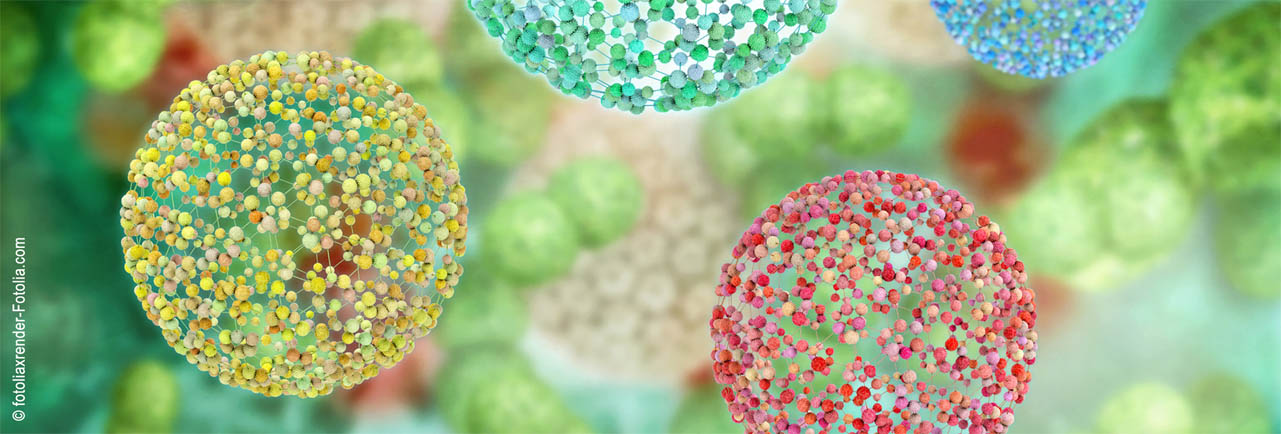Speaker
Description
Bioadhesion is the stable attachment of an organism to a surface due to natural macromolecules. This mechanism has attracted much attention recently due to the ongoing progress in the study of marine bioadhesives. This research work is focused on an adhesive protein from a flatworm of the Macrostomum genus, distributed in the intertidal zone. Its reversible adhesion to solid substrates in wet conditions involve two proteins Mlig-1 and Mlig-2. The aim is to quantify the adsorbed mass, adhesion, and cohesion energy of repeating domains in these proteins, which are expected to enable Macrostomum bioadhesion. This study is conducted using a surface forces apparatus (SFA) and an atomic force microscope (AFM). In parallel, collagen the most abundant protein in mammalians was analyzed as a molecular structural model to understand adhesion mechanisms in the aqueous phase. Employing the AFM, the mechanical characteristics of individual tropocollagen type I and type III nanofibrils adsorbed on a mica substrate were characterized in terms of persistence length and intrinsic curvature. This information will provide essential for the design of collagen-based biocompatible and biodegradable adhesives.

